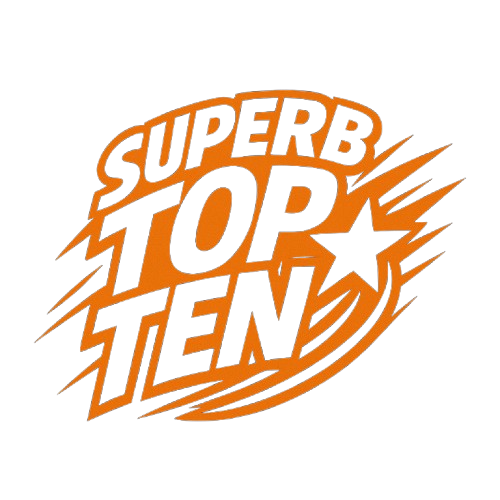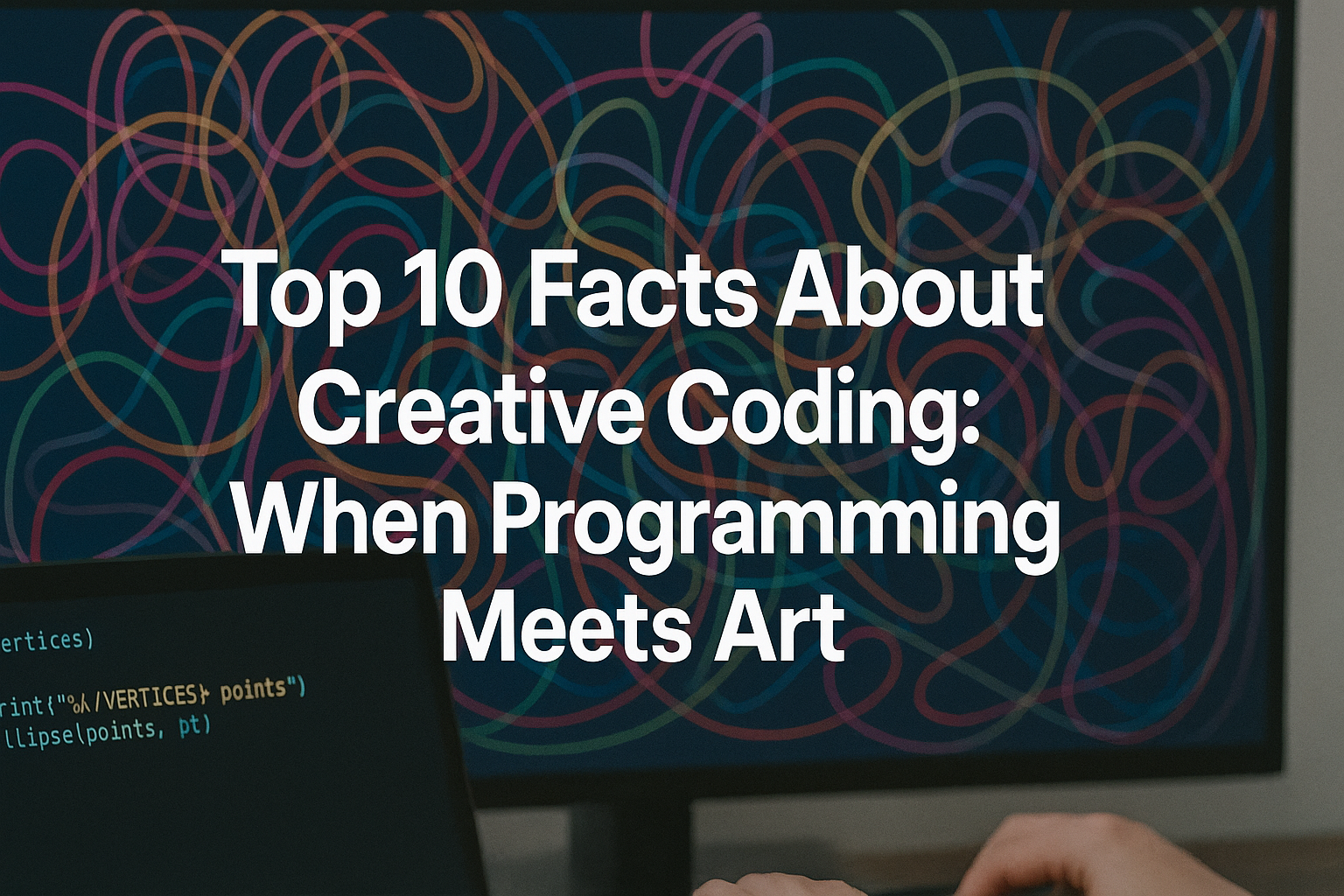Creative coding is the exciting blend of logic and imagination—where code isn’t just functional, but beautiful. Here are the top 10 things you should know about this fascinating field:
Creative Coding is About Expression, Not Utility

Unlike traditional coding used for apps or software, creative coding focuses on artistic outcomes like visuals, sound, or interactive media.
Popular Tools Make It Accessible

Platforms like p5.js, Processing, and TouchDesigner offer user-friendly environments perfect for beginners and artists without deep coding backgrounds.
It Powers Digital Installations

Museums and festivals often feature interactive digital art created through creative coding—using motion sensors, light, and projections.
It’s Used in Live Performances

From concerts to theatre, creative coding allows real-time visuals and sound manipulation during live shows.
Code Can Make Music

Tools like Sonic Pi allow coders to compose music with code, blending programming with live audio synthesis.
It Encourages Generative Art

Artists use code to create ever-changing, algorithm-driven visuals, meaning no two outcomes are ever exactly the same.
It’s Big in Education

Schools and workshops are using creative coding to teach kids and beginners how to code through creativity and fun.
It Bridges Art and Technology

Creative coding brings together designers, engineers, musicians, and artists in a collaborative, multidisciplinary space.
It’s Not Just Visual

Though visuals are a big part, creative coding also includes text-based art, data storytelling, sound art, and more.
It’s a Growing Movement

With the rise of AI art, AR/VR, and NFTs, creative coding is gaining popularity in tech and art circles globally.
Final Note:
Creative coding proves that code isn’t just about logic—it can also move, inspire, and captivate. Whether you’re a tech lover or an art soul, this field offers a fresh way to express yourself.


Leave a Reply